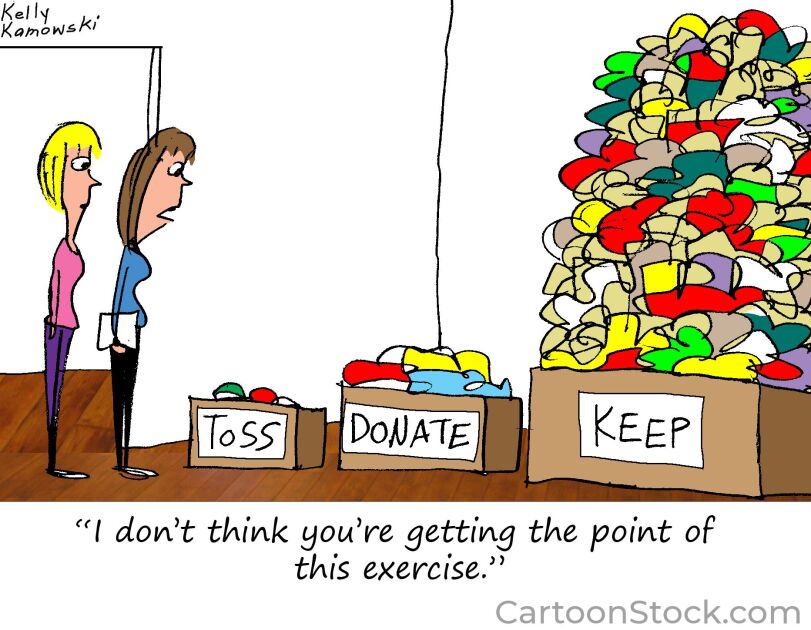Teenagers who pledge to abstain from sex before marriage still engage in certain sexual behaviors, and as a result contract venereal diseases at rates similar to those of nonpledgers, a study by researchers at Columbia and Yale universities concludes.
The researchers scrutinized data from the federal National Longitudinal Study of Adolescent Health, which surveyed more than 11,500 7th through 12th graders on their sexual activity between 1995 and 2002 and tested them for certain sexually transmitted diseases. The researchers note that for many teenagers, virginity is linked only to avoidance of vaginal intercourse, not other sexual behaviors.
“After the Promise: The STD Consequences of Adolescent Virginity Pledges”, is available online from the Journal of Adolescent Health.
The study, which appears in the April issue of the Journal of Adolescent Health, says that while pledgers tend to have sex later than nonpledgers and get married earlier, most pledgers do not wait to get married before having vaginal sex for the first time.
According to the study, 6.9 percent of nonpledgers were diagnosed with chlamydia, gonorrhea, or trichomoniasis, while 4.6 percent of the pledgers were, a statistically insignificant difference that means pledgers had contracted sexually transmitted diseases at a rate similar to nonpledgers’.
Hannah Bruckner, an associate professor of sociology at Yale and a co-author of the report, said those who pledge abstinence are less likely to use condoms and contraceptives for the sexual activities in which they do engage, especially early in their sexual histories.
“They are also less likely to get tested for STDs and less likely to see a doctor,” she said.
Sexual-abstinence programs have the strong support of the Bush administration, which is seeking $206 million for such programs in fiscal 2006, an increase of $39 million over the current year. But their effectiveness was questioned in a study released in December by U.S. Rep. Henry A. Waxman, D-Calif., which found that 11 of the 13 most commonly used abstinence curricula contained major errors.
Researchers Surprised
But a February study by the Heritage Foundation found that abstinence programs are more effective at reducing early sexual activity than programs that discuss the use of contraception.
Robert Rector, a senior research fellow at the conservative Washington think tank, dismissed the Columbia-Yale study as “the worst piece of social-science research in the past several years.”
He accused the researchers of basing their conclusions on just a small survey sample. Heritage will release its own analysis of the federal data later this spring, which will show that pledgers have significantly lower rates of STD infection than nonpledgers.
Earlier research by Ms. Bruckner had indicated that teenagers who took an abstinence pledge delayed vaginal intercourse for longer than nonpledgers. She said that even the researchers were surprised with the results of their most recent study.
“The overwhelming majority of adolescents will eventually have sex, so it is good to emphasize in sex education that while abstinence is an option and the best protective method, we should also give adolescents information on protecting themselves if they have sex,” Ms. Bruckner said.






